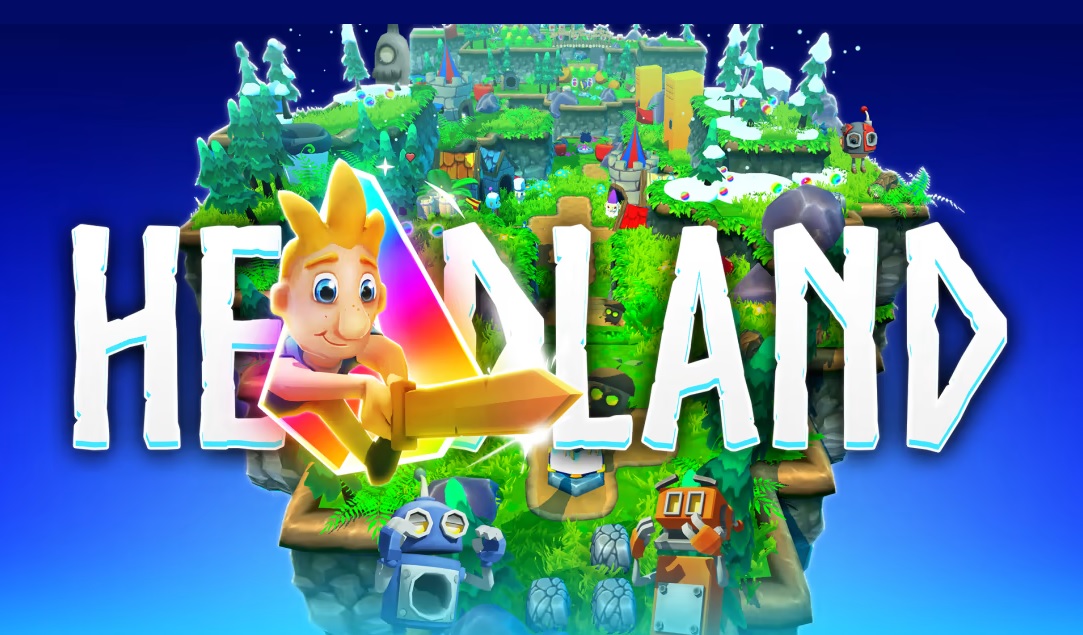Headland is the latest game from Conduct/ Fly Together devs, Northplay. But while their previous efforts saw players engage in frantic multiplayer puzzling, often with explosive results. Headland instead opts for a much more dreamlike single-player narrative experience.
Headland cuts straight to the chase, as our young hero Nor is whisked away by a giant robot to a land of creativity and imagination.
However, things soon go awry when the crystals that control the robot’s imagination core are stolen by a worm that looks like something from a David Firth cartoon. Then it’s up to our young hero to reclaim the crystals, kickstart the imagination core, and save the imaginary world.
The goal of each of Headland’s isometric stages is simple enough; search for a crystal shard or save some gnomes.
Headland’s levels weave simple narrative threads throughout while encouraging exploration by cramming every knock and cranny with collectables and secret areas to uncover.

Graphically, Headland has a somewhat simplistic style that made me think of Little Big Adventure (for some odd reason). It has that faux-retro vibe of a lost PS1 game that looks how you remember early Polygonal graphics; bright, cheery, and colourful. Opposed to the nightmarish jaggy reality of early 90’s 3D.
The gameplay mixes exploration with simple puzzles and combat. This mostly boils down to finding a key to open a door or gathering a certain amount of creative energy to build bridges.
Meanwhile, the combat is best described as slap happy. You try your damndest to repel gangs of monsters that are always happy to stab you in the back.

Headland’s varied creature designs are pretty great too. These range from angry acorns and other feral fauna to rock tossing boulder monsters, strange mosquito spitting birds, and guards inspired by playing cards. (Like that book about that girl that eats a ton of shrooms and starts chasing rabbits. I forget the name)
The problem is that basically every enemy you face can be overcome with hit and run tactics – or the twat and dash, as I like to call it.
Throughout the five(ish) hour adventure, you’ll unlock an array of different weapons at your home hub, which changes how you attack. Each of these can then be upgraded back at your home hub using crafting materials found on your travels. But ultimately, it doesn’t matter whether you are using a golden pickaxe or a wooden sword; all you need to do is twat and dash, and most monsters won’t be able to touch you.

Oh, and Nor can also summon a protective bubble for a short time that makes light work of any advancing hordes that touch it.
However, the greatest foe Headland throws at you is the framerate which tanks as soon as a large group of enemies spawns, or there’s a lot of particle effects on screen. (On the Switch, at least.) This turns Headland into an entirely different kind of dreamlike experience. The type where it feels like you’re wading through custard while looking for strawberry yoghurt at a massive supermarket. You know, the kind where your ex is inexplicitly there telling you what an abject failure you are and always will be. No, just me?)
Worrying flashbacks and performance problems aside, I found Headland was a compelling and charming experience. It’s a heart-warming, family-friendly game with a gentle difficulty curve that doesn’t outstay its welcome and the perfect afternoon’s distraction for your own tiny gamers.

